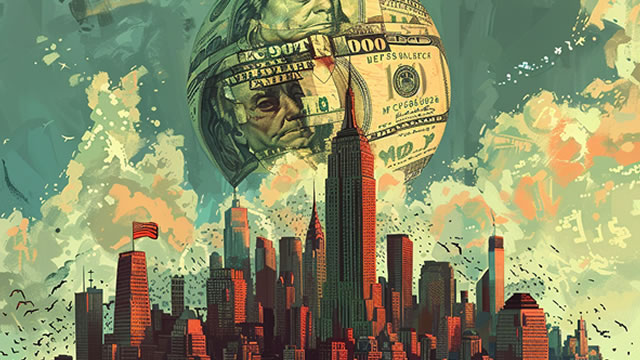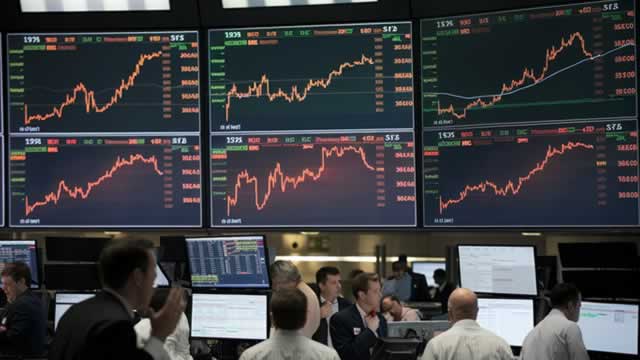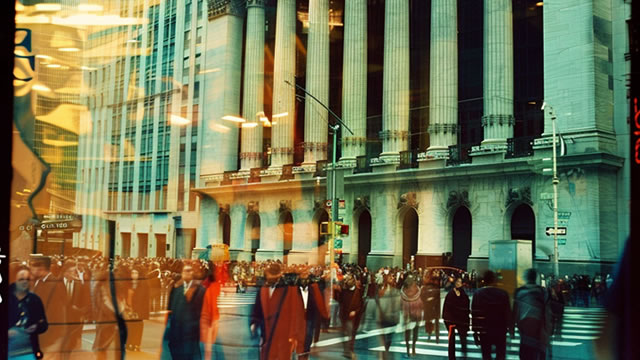2024 Art Sales Report: A Downturn in the High-End Market
The art market witnessed a notable shift in 2024, with a significant decline in sales of high-priced works for the second consecutive year. This trend was in stark contrast to the lower-priced art segment, which experienced a modest uptick.
Factors Contributing to the Decline
Two primary factors were identified as the driving forces behind this downturn:
- Rising Interest Rates: The Federal Reserve raised interest rates several times throughout the year, making borrowing more expensive for both individuals and institutions. This increase in borrowing costs made it more difficult for buyers to finance large art purchases.
- Inflation: The global economy faced persistent inflationary pressures, eroding the purchasing power of potential buyers. Art, being a non-essential luxury item, was one of the first sectors to feel the pinch as buyers prioritized necessities over discretionary spending.
Impact on Individual Art Collectors
For individual art collectors, the decline in high-end sales presents both challenges and opportunities:
- Challenges: The rising interest rates and inflation may make it more difficult for collectors to afford high-priced works. Additionally, the uncertain economic environment may lead to a more cautious approach to buying, as collectors may prefer to hold onto their existing collections rather than making new acquisitions.
- Opportunities: The softening high-end market could present opportunities for savvy collectors to acquire desirable works at more reasonable prices. Furthermore, the decline in sales may lead to increased competition among dealers for consignments, potentially benefiting sellers.
Impact on the Art World
The decline in high-end art sales will have far-reaching consequences for the art world:
- Financial Institutions: Banks and financial institutions that provide loans secured by art as collateral may experience a decrease in demand for such loans, leading to potential losses.
- Art Dealers: Dealers and galleries that specialize in high-end works may face financial difficulties as sales decline. Some may be forced to close their doors, while others may be forced to pivot their businesses to focus on the lower-priced segment.
- Art Fairs: Art fairs, which rely on sales from high-end dealers and collectors, may see a decline in attendance and revenue.
- Art Auction Houses: Auction houses, which derive a significant portion of their revenue from high-end sales, may be forced to adapt by focusing on consignments from private collectors and expanding their offerings in the lower-priced segment.
Conclusion
The 2024 art sales report marks a turning point in the market, with the high-end segment experiencing a significant decline while the lower-priced segment saw modest growth. This trend was driven by rising interest rates and inflation, which made large art purchases more difficult and less attractive for buyers. The impact of this downturn will be felt across the art world, from financial institutions to dealers, galleries, and auction houses. While this may present challenges for some, it also creates opportunities for savvy collectors and dealers to acquire desirable works at more reasonable prices.
As individuals and institutions navigate this changing landscape, it is essential to stay informed about market trends and adapt strategies accordingly. By doing so, we can continue to enjoy and appreciate the world of art, even in the face of economic uncertainty.





